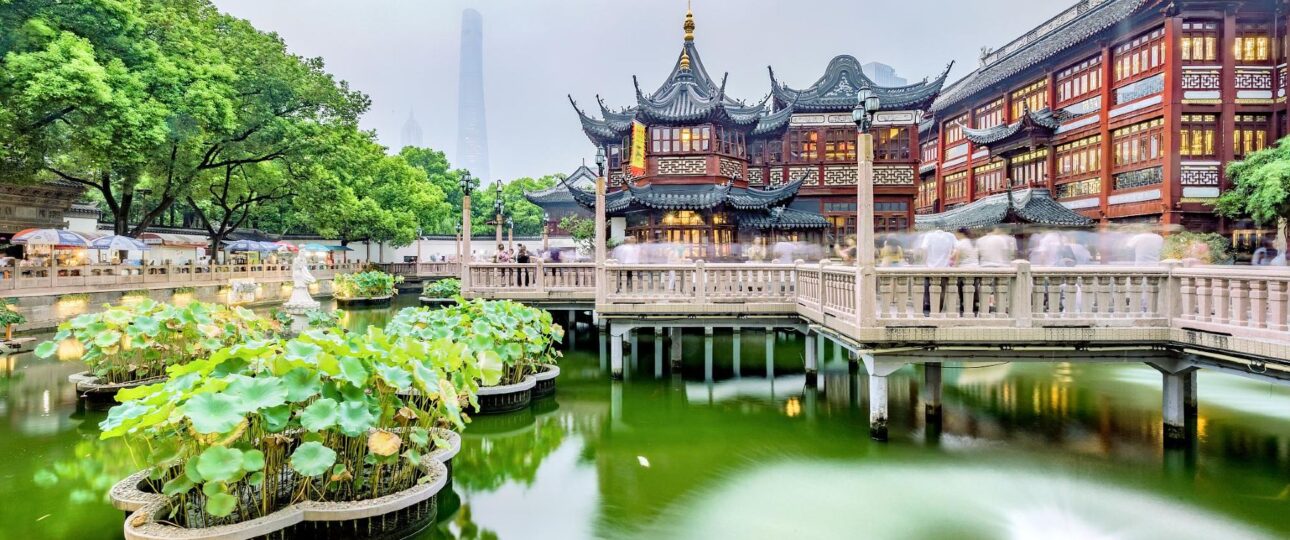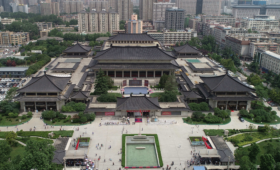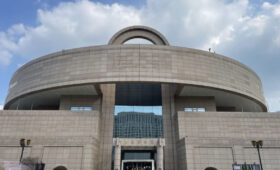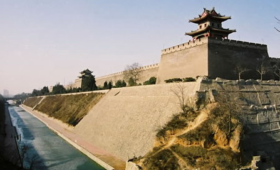Yu Garden or Yuyuan Garden is an extensive Chinese garden located beside the City God Temple in the northeast of the Old City of Shanghai at Huangpu District, Shanghai.
It abuts the Yuyuan Tourist Mart,the Huxinting Teahouse and the Yu Garden Bazaar.
This garden is accessible from the Shanghai Metro’s Line 10 and Line 14 Yuyuan Garden station.
A centerpiece is the Exquisite Jade Rock a porous 3.3-m, 5-ton boulder.
Rumours about its origin include the story that it was meant for the Huizong Emperor (Northern Song Dynasty from 1100 to 1126 AD)
at the imperial garden in Bianjing,
but was salvaged from the Huangpu River after the boat carrying it had sunk.
History
Yu Garden was first built in 1559 during the Ming Dynasty by Pan Yunduan as a comfort for his father,
the minister Pan En, in his old age. Pan Yunduan began the project after failing one of the imperial exams.
He named the garden Yu Yuan, yu meaning “pleasing and satisfying to one’s parents.”
His motivation to build this garden is to show filial piety to his parents and make them enjoy in their old age.
Thus, Yu Garden is also known as “Garden of Peace and Comfort”.
However, Yunduan’s appointment as governor of Sichuan postponed construction for nearly twenty years until 1577.
In its original form, Yu Garden has many manufactured waterways, paths, rockeries, plants and buildings.
The grounds were designed to be a complex of different gardens within one centre, Leshou Tang.
From Pan’s own records, the garden served as hub for many social activities when he lived there,
and those events influenced the texture of Shanghai society.
In particular, of Pan Yuduan’s journal entries from 1586 through 1601,
nearly three quarters of them are related to various public performances that were held in the garden,
with the Leshou Tang being the main venue for these events.
The garden was the largest and most prestigious of its era in Shanghai, but eventually its expense helped ruin the Pans.
The garden was later inherited by Zhang Zhaolin, Pan Yunduan’s granddaughter’s husband, and then passed to different owners.
A section was briefly organised by Zhang Shengqu as the “Academy of Purity and Harmony”and the Ling Yuan,
today’s East Garden, was purchased by a group of local leaders in 1709.
A group of merchants renovated the increasingly decrepit grounds in 1760 and in 1780 the West Garden was opened to the general public.
Design
Today, Yu Garden occupies an area of 2 hectares (5 acres).
The approach to the garden is across a Nine-turn bridge crossing a small pond with a teahouse.
The entrance is off the forecourt at the end of the bridge.
Yu Garden reflects the garden style of Jiangnan garden architecture in the Ming and Qing Dynasties.
It perfectly blends decorative halls, elaborate pavilions, glittering ponds, zigzag bridges, archways, and exquisite rockeries.
Surroundings and remark
The garden is surrounded by city god temple and Yuyuan Bazaar.
Yuyuan Bazaar is located right next to Yu Garden,
with beautiful Chinese architecture and design coupled with hundreds of shops
selling pieces of jewelry, silk, antiques, arts, crafts, souvenirs, and local snacks.
Through out the years, Yu Garden has maintained a delicate balance between scholarly elegance and gaudy consumerism
from its earliest days, and it has served as the stage on which the drama of the Pan family
and the drama of the people of Shanghai have been performed.




